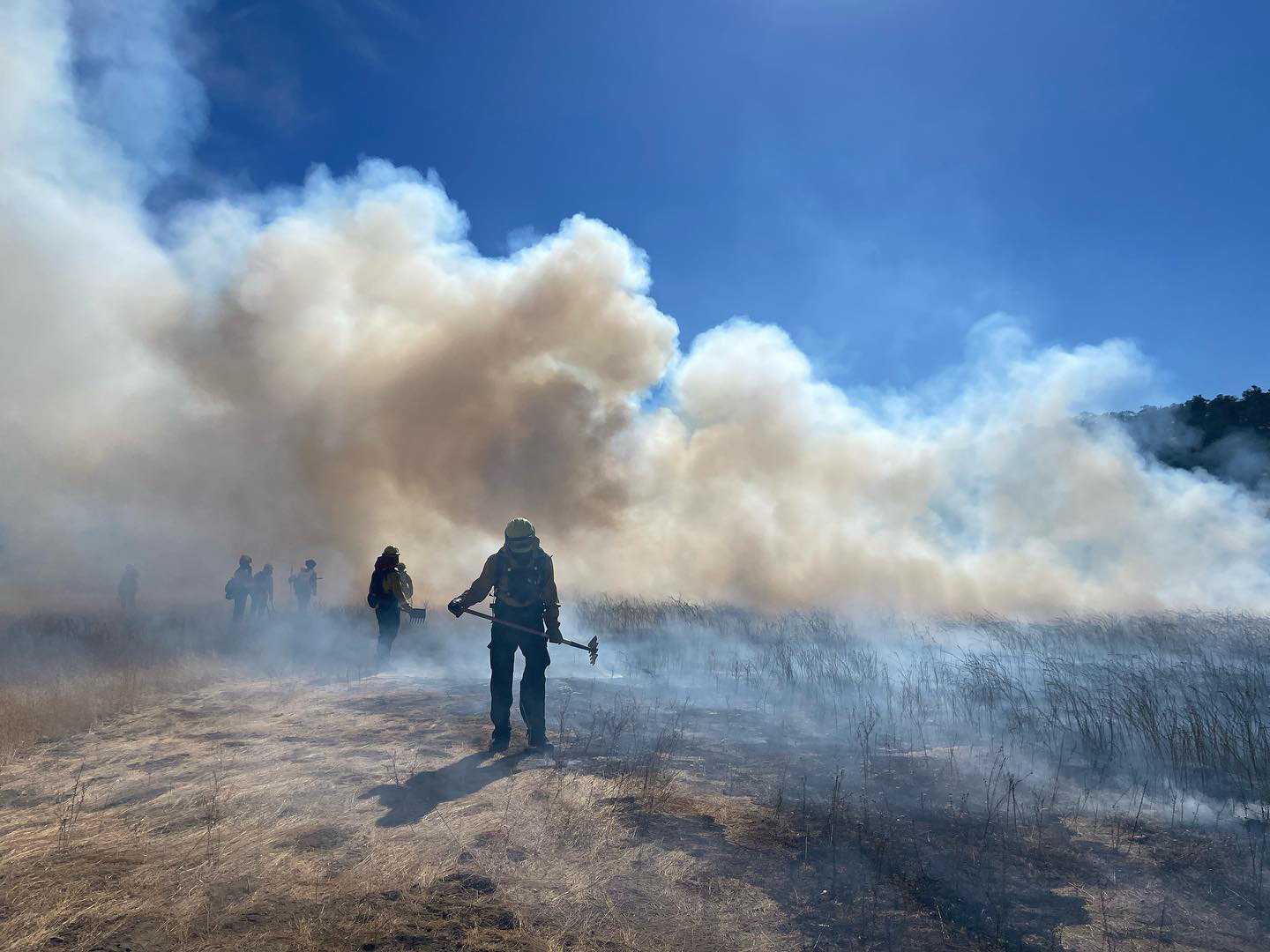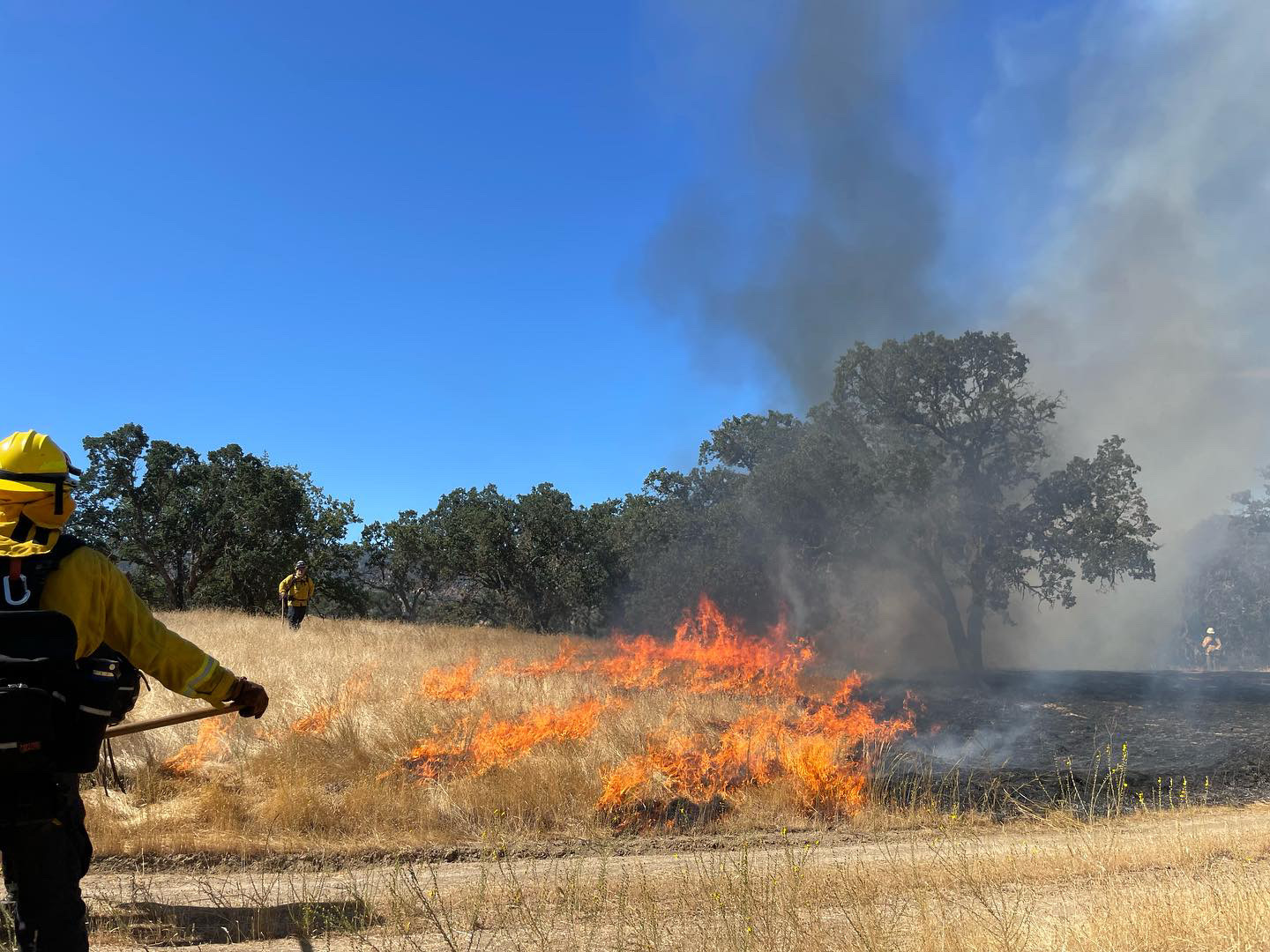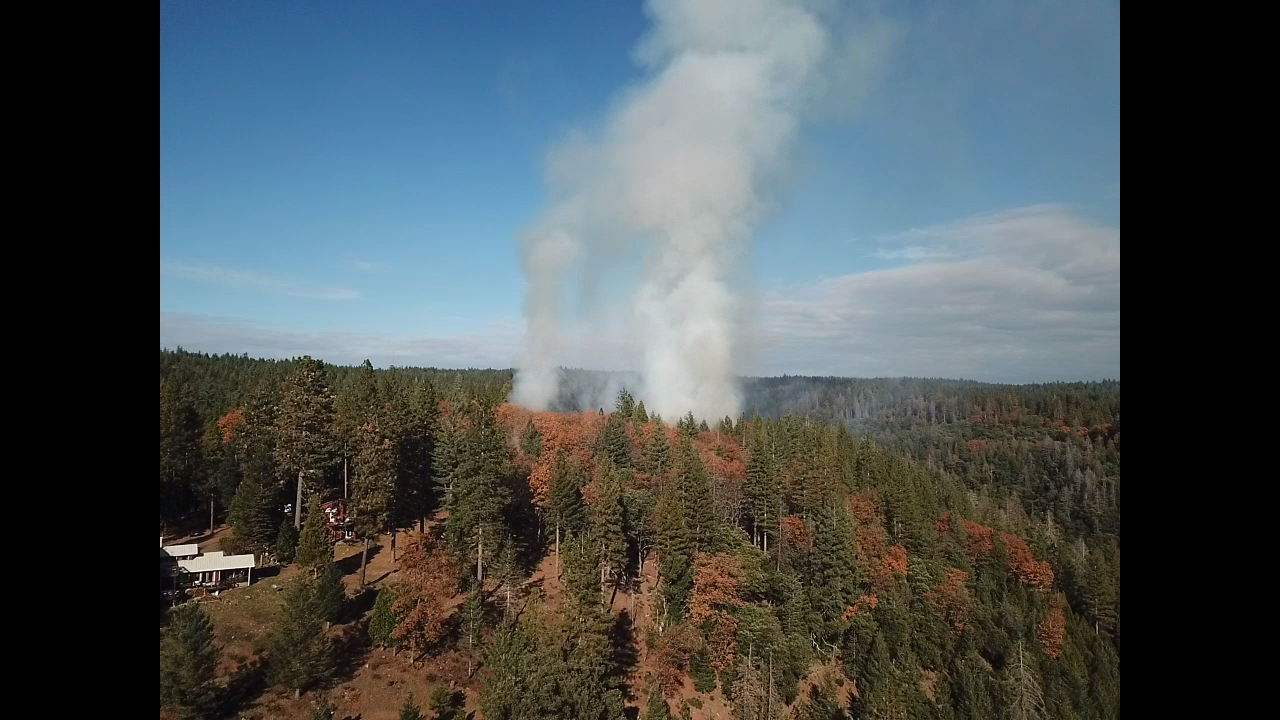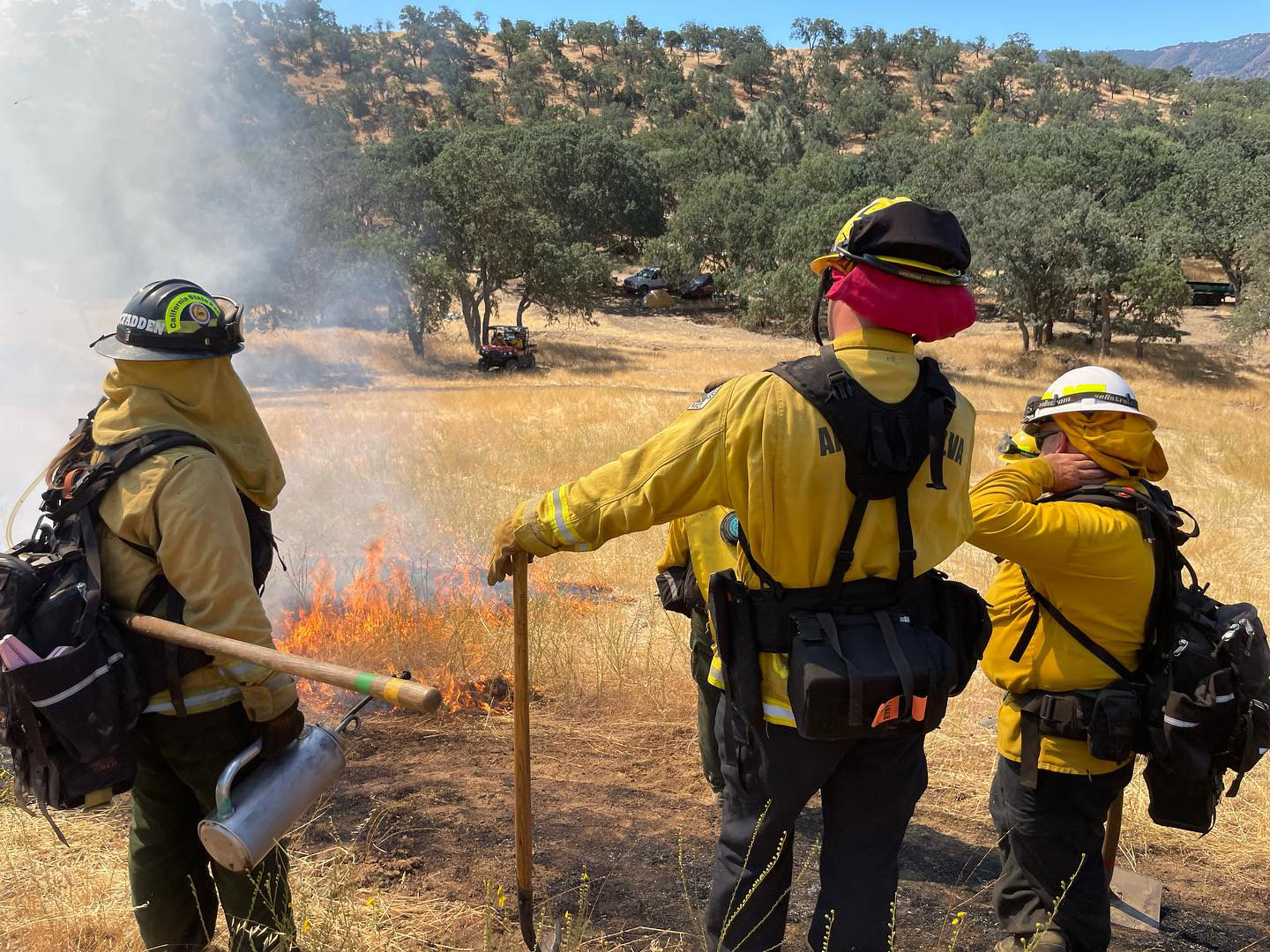Introduction:
In the ongoing battle against invasive plants, land managers and conservationists are increasingly turning to a powerful yet misunderstood tool: prescribed fire. Historically used by indigenous peoples and essential for maintaining healthy ecosystems, prescribed fire is making a comeback as a sustainable and effective method for controlling invasive plant species. This blog post explores the science behind prescribed fire and its application in the fight against invasive plants, highlighting its benefits for ecosystem restoration and biodiversity.
Understanding Prescribed Fire:
Prescribed fire, also known as controlled or planned burning, involves intentionally setting fire to a specific area under carefully controlled conditions. This practice is rooted in the ecological role of natural fires, which historically played a crucial role in shaping landscapes and maintaining biodiversity. When applied thoughtfully and strategically, prescribed fire can mimic the natural processes that many ecosystems have evolved with over time.
Advantages of Using Prescribed Fire for Invasive Plant Management:
-
Eradication of Invasive Species:
- Prescribed fire is particularly effective in eliminating invasive plants that have invaded ecosystems and outcompeted native vegetation.
- Many invasive plants are not well-adapted to fire, making them susceptible to controlled burns.
-
Promotion of Native Plant Growth:
- Fire can stimulate the germination of native plant seeds, providing an opportunity for the re-establishment of indigenous flora.
- Native plants often have evolved to thrive in fire-prone environments, giving them a competitive advantage over invasive species.
-
Improved Habitat Conditions:
- Prescribed fire helps create a more open and diverse habitat by removing excess vegetation and reducing the density of invasive plants.
- Increased sunlight penetration to the forest floor encourages the growth of native understory plants and supports a variety of wildlife.
-
Enhanced Ecosystem Resilience:
- Regular prescribed burns can create a mosaic of different-aged vegetation, promoting biodiversity and enhancing ecosystem resilience to future disturbances.
- Fire-adapted ecosystems are better equipped to withstand natural events like drought and insect infestations.
-
Cost-Effective and Sustainable:
- Compared to some mechanical or chemical control methods, prescribed fire is often a more cost-effective and environmentally friendly solution.
- It reduces the need for expensive equipment and minimizes the use of chemical herbicides.
Case Studies:
Highlighting successful case studies where prescribed fire has been employed to combat invasive plants will provide tangible examples of its effectiveness. Showcase instances where native plant communities rebounded, and biodiversity was restored following carefully planned prescribed burns.
Conclusion:
Prescribed fire, when implemented with care and consideration, can be a valuable tool in the management and restoration of ecosystems facing invasive plant challenges. By harnessing the power of fire, we can work towards creating healthier, more resilient landscapes that support native biodiversity. As we continue to explore sustainable solutions for conservation, prescribed fire stands out as a promising strategy in our ongoing efforts to strike a balance between human intervention and the preservation of natural ecosystems.




